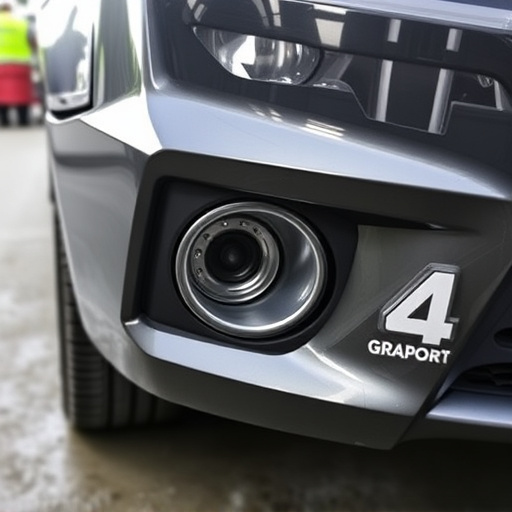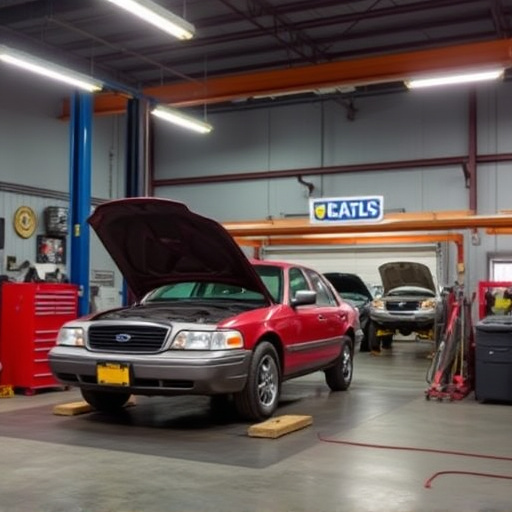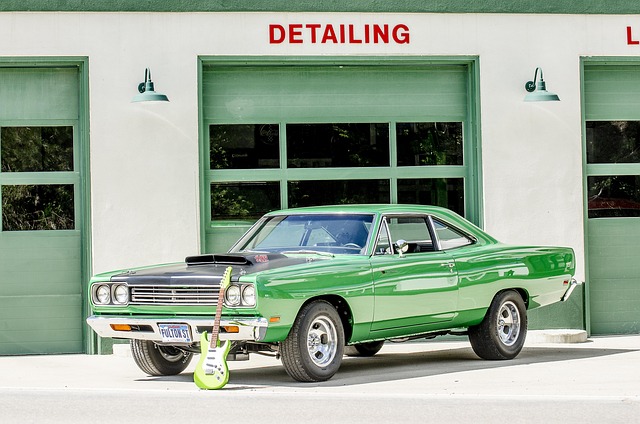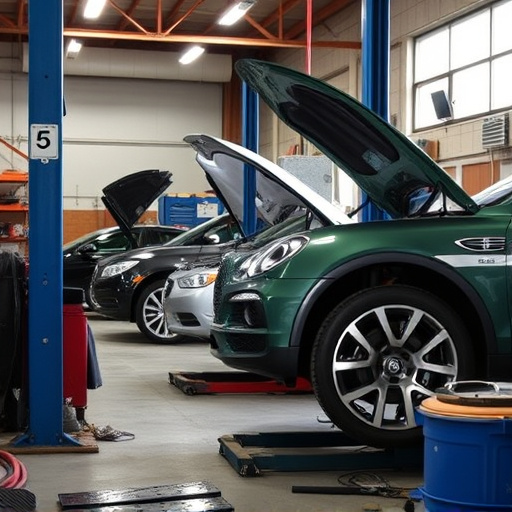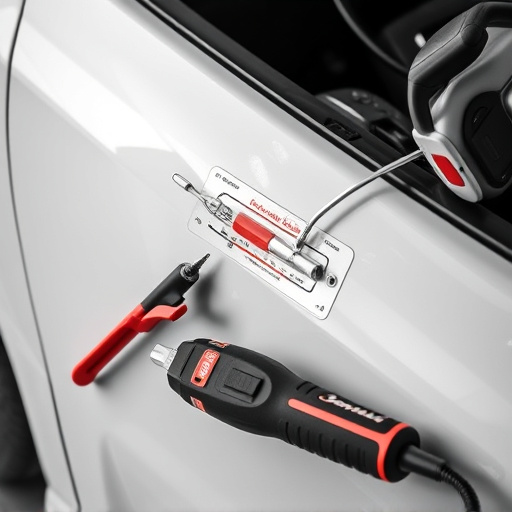Before Tesla Model S front end repair, conduct thorough pre-scan diagnostics to identify issues in sensors, cameras, and electronic components crucial for safety features. Analyze scan data to pinpoint problems, from faulty sensors to damaged components. Repair demands meticulous attention, using diagnostic tools and compatible parts. Refer to service manuals and consider expert assistance for accurate, long-lasting repairs.
“Tesla Model S owners often face challenges with their vehicle’s front end, prompting the need for specialized repairs. This article delves into the intricacies of diagnosing and repairing the Tesla Model S’s front end, focusing on pre- and post-scan diagnostics. We’ll guide you through understanding the pre-scan process, interpreting results, and offering a step-by-step approach for effective repairs. Whether you’re a professional or an enthusiastic DIYer, this comprehensive guide ensures you can navigate Tesla Model S front end repair with confidence.”
- Understanding Pre-Scan Diagnostics for Tesla Model S Front End Repair
- Post-Scan Analysis: Interpreting Results and Identifying Issues
- Step-by-Step Guide to Effective Front End Repairs on Tesla Model S
Understanding Pre-Scan Diagnostics for Tesla Model S Front End Repair
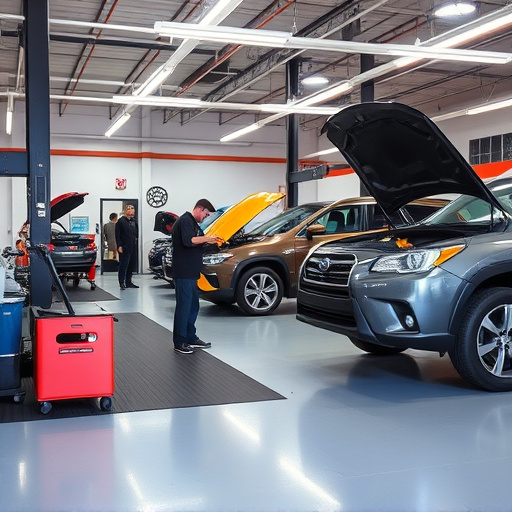
Before diving into any Tesla Model S front end repair, it’s crucial to grasp the importance of pre-scan diagnostics. These initial checks are akin to a doctor’s thorough examination before diagnosing a patient. In the context of auto glass repair and body shop services for your Tesla, pre-scan diagnostics involve a series of tests designed to pinpoint exact issues within the vehicle’s front end system. This includes examining sensors, cameras, and other electronic components responsible for safety features like Autopilot and collision avoidance systems.
Understanding what these scans reveal is vital for ensuring a successful repair, whether it’s replacing cracked auto glass or conducting a classic car restoration. By identifying problematic areas early on, technicians can tailor their approach, ensuring that the front end repairs not only address visible damage but also restore the vehicle’s critical safety functionalities to their optimal state.
Post-Scan Analysis: Interpreting Results and Identifying Issues
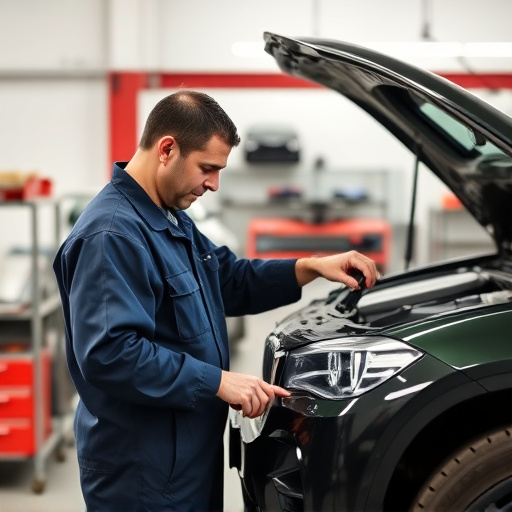
After the initial scan is complete, the data collected needs to be carefully analyzed. This post-scan analysis involves a thorough review of the vehicle’s sensor readings and diagnostic codes. Skilled technicians interpret these results to identify any potential issues with the Tesla Model S front end. By cross-referencing the data against known performance benchmarks and manufacturer specifications, they can pinpoint exact problems, whether it’s a faulty sensor, misaligned parts, or damaged components requiring car paint repair.
The auto body shop’s expertise lies in translating these technical findings into practical solutions. They use advanced diagnostic tools to double-check the identified issues, ensuring accuracy and enabling them to provide effective vehicle repair services. This meticulous process guarantees that any Tesla Model S front end repairs are not just temporary fixes but long-lasting solutions, restoring the car to its optimal performance and aesthetics.
Step-by-Step Guide to Effective Front End Repairs on Tesla Model S

Repairing the front end of a Tesla Model S requires precision and a systematic approach. Here’s a step-by-step guide for effective repairs, ensuring your vehicle returns to its optimal condition. Begin by thoroughly inspecting the front end, identifying any damaged components, such as fenders, bumpers, or headlights. This meticulous process involves using diagnostic tools to check for codes and issues within the electrical and mechanical systems, including the lighting, sensors, and steering mechanisms.
Next, gather all necessary replacement parts, from body panels to control units, ensuring they are compatible with your Tesla Model S model year. Before beginning any repairs, consider utilizing fleet repair services or auto maintenance specialists who have experience with electric vehicles and their unique components. They can offer expert advice on handling sensitive electrical systems and ensure proper alignment and fitment of car bodywork services. Each step should be executed with care, from removing damaged parts to installing new ones, while referencing detailed service manuals for accurate procedures.
The journey towards repairing a Tesla Model S’s front end is made seamless with pre- and post-scan diagnostics. By understanding these processes, you can effectively navigate through each step, ensuring a precise and efficient repair. This guide has provided insights into the world of Tesla Model S front end repairs, from initial assessments to final adjustments, empowering you to tackle potential issues head-on. Remember, proper diagnostics are key to achieving optimal results in any vehicle repair process.
